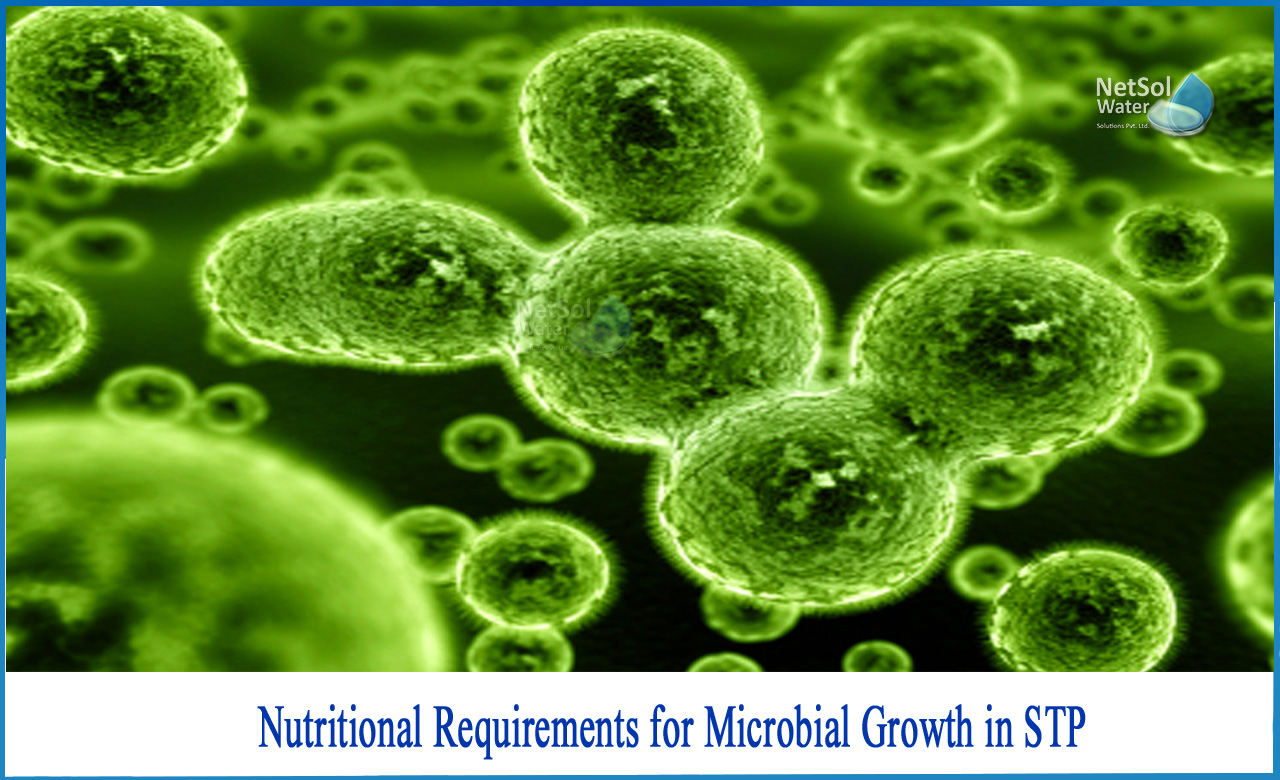What is Microbial Metabolism?
Microbial metabolism refers to the biochemical reactions that occur in a cell and focuses on chemical diversity of substrate and dissimilation reactions which normally functions in bacteria to generate energy.
Types of Microbial Metabolism
Aerobic microorganisms:These micro-organisms require molecular oxygen as terminal electron acceptor in respiratory metabolism.
Anoxic microorganisms: Those microorganisms which require oxidized inorganic compounds such as sulphate, nitrate and nitrite to function as terminal electron acceptors in absence of molecular oxygen; are called as anoxic microorganisms.
Obligately anaerobic: These are the microorganisms those generate energy by fermentation and get killed in the presence of oxygen.
Facultative anaerobes: These microorganisms have ability to thrive in presence of oxygen but also grow in its absence by relying on fermentation. These are further divided in two types:
(a) True facultative anaerobes: These can shift from fermentative to aerobic respiratory metabolism, as these can grow with or without oxygen;
(b) Aero tolerant anaerobes: These organisms strictly follow fermentative metabolism and are indifferent to the presence of oxygen in the system as these do not require oxygen to survive and thrive.
Nutritional requirements for microbial growth
For growth and proper functioning of an organism it must have,
i) A source of energy
ii) Carbon for the synthesis of new cellular material
iii) Nutrients such as N, P, K, S, Fe, Ca, Mg, etc.
Requirement of energy for the cell synthesis may be supplied by light or by chemical oxidation reaction catalyzed by the bacteria.
Accordingly, the microbes can be classified as:
Phototrophs:Organisms that are able to capture photon from light as an energy source. These may be heterotrophic (sulphur reducing bacteria) or autotrophic (photosynthetic bacteria and algae).
Chemotrophs: Organisms that obtain their energy from oxidation of organic compounds. These may be:
-Hetero?trophs: Those who derive their energy from organic matter like protozoa, fungi, and most bacteria. They are called as Chemo-heterotrophs (those derive energy from oxidation of organic compounds).
-Autotrophs: These produce complex organic compounds from simple substances, like nitrifying bacteria. They are called as Chemoautotrophs (those obtain energy from oxidation of reduced inorganic compounds such as ammonia, nitrite, sulphide).
Source of Carbon
The source of carbon for the synthesis of new cell could be organic matter or carbon dioxide. Carbon is the main component of the organic substances present in wastewater. Micro-organisms make use of carbon compounds to build their cell structure and generate energy.
Nutrient and growth factor requirement
Balanced nutrient ratio is must for microorganisms to function at maximum efficiency.
The main inorganic nutrients required by microorganisms are N, S, P, K, Mg, Ca, Fe, Na, Cl, etc. Some of these nutrients are required in trace amounts to build cells such as, Zn, Mn, Mo, Se, Co, Ni, Cu, etc. These are mainly present in municipal wastewaters.
In addition to these inorganic nutrients, organic nutrients may also be required by some organisms and they are known as ‘growth factors’. These compounds are required by an organism as precursors or constituents of organic cell material that cannot be synthesized from other carbon sources. Requirements of these growth factor nutrients differ from organism to organism.
Netsol Water is Greater Noida-based leading water & wastewater treatment plant manufacturer. We are industry's most demanding company based on client review and work quality. We are known as best commercial RO plant manufacturers, industrial RO plant manufacturer, sewage treatment plant manufacturer, Water Softener Plant Manufacturers and effluent treatment plant manufacturers. Apart from this 24x7 customer support is our USP. Call on +91-9650608473, or write us at enquiry@netsolwater.com for any support, inquiry or product-purchase related query.



